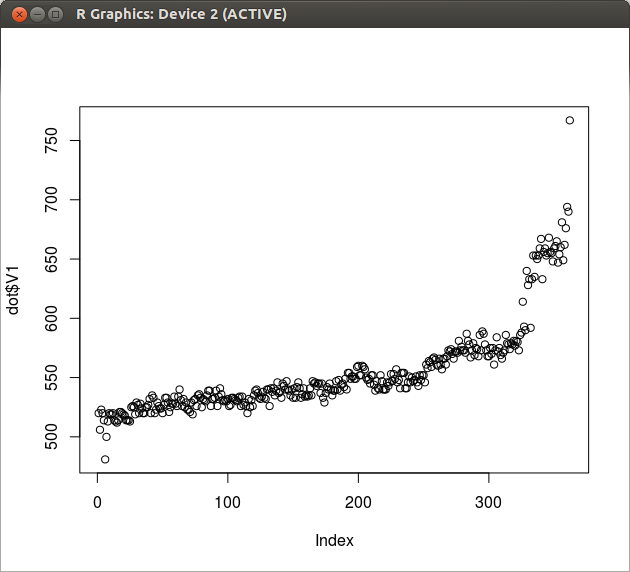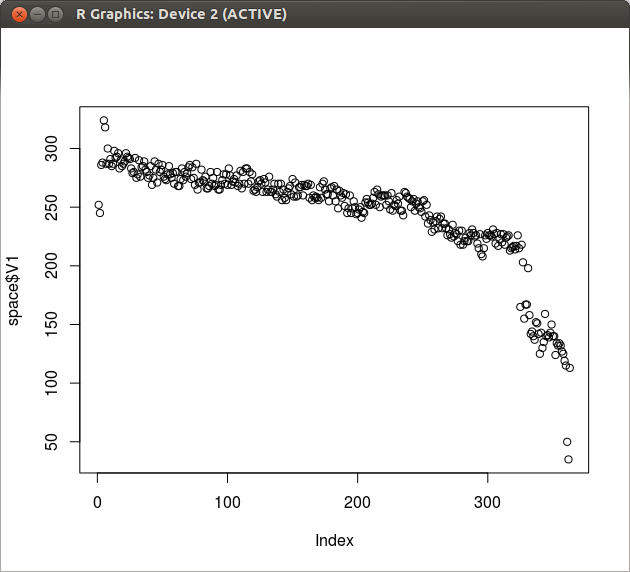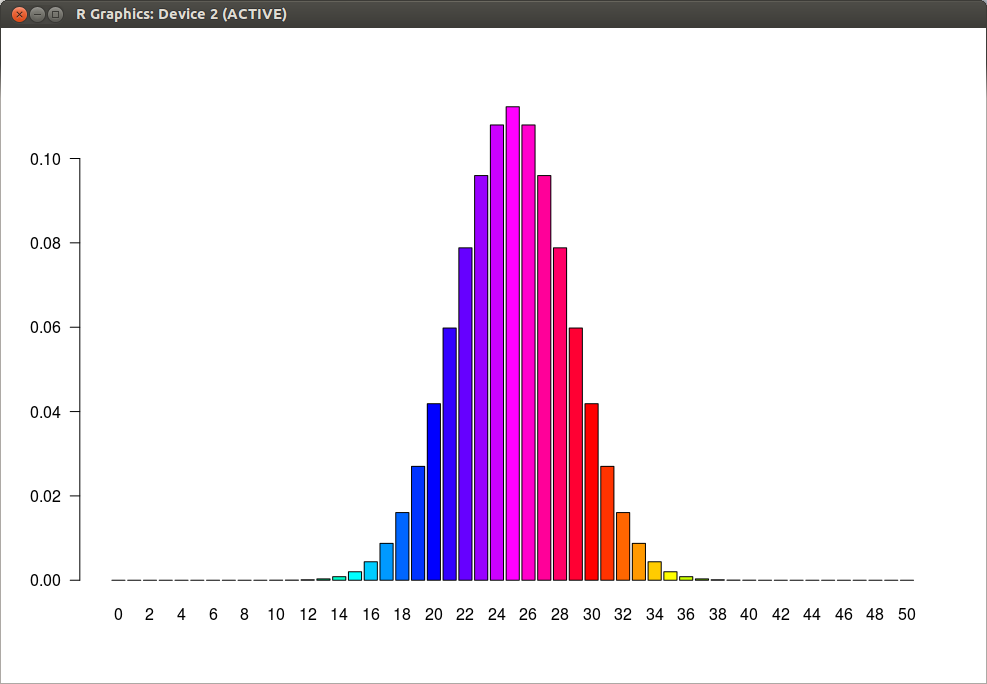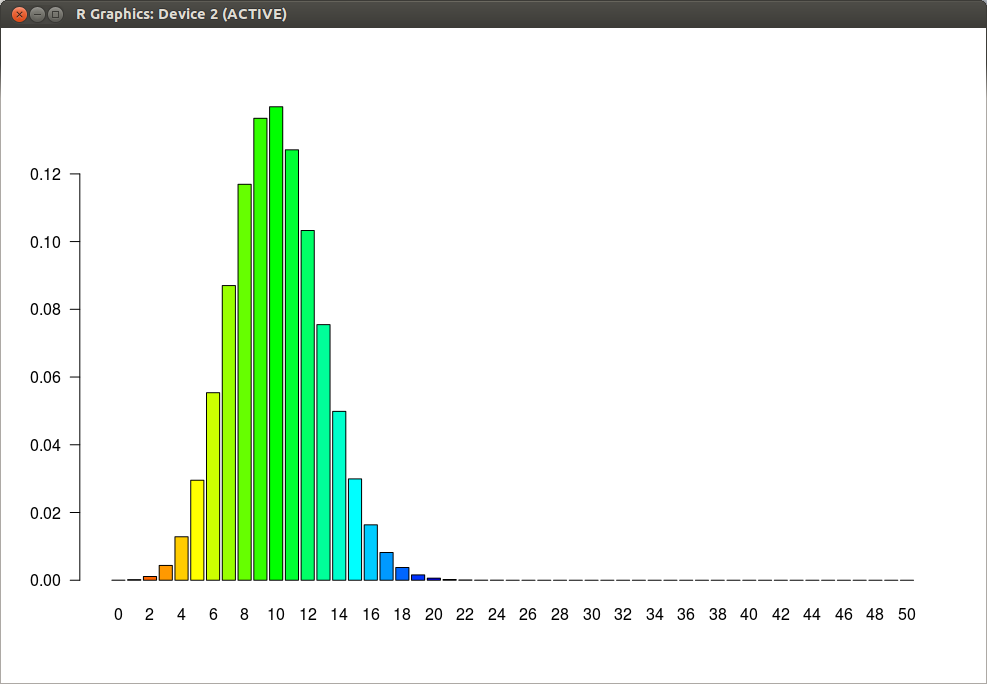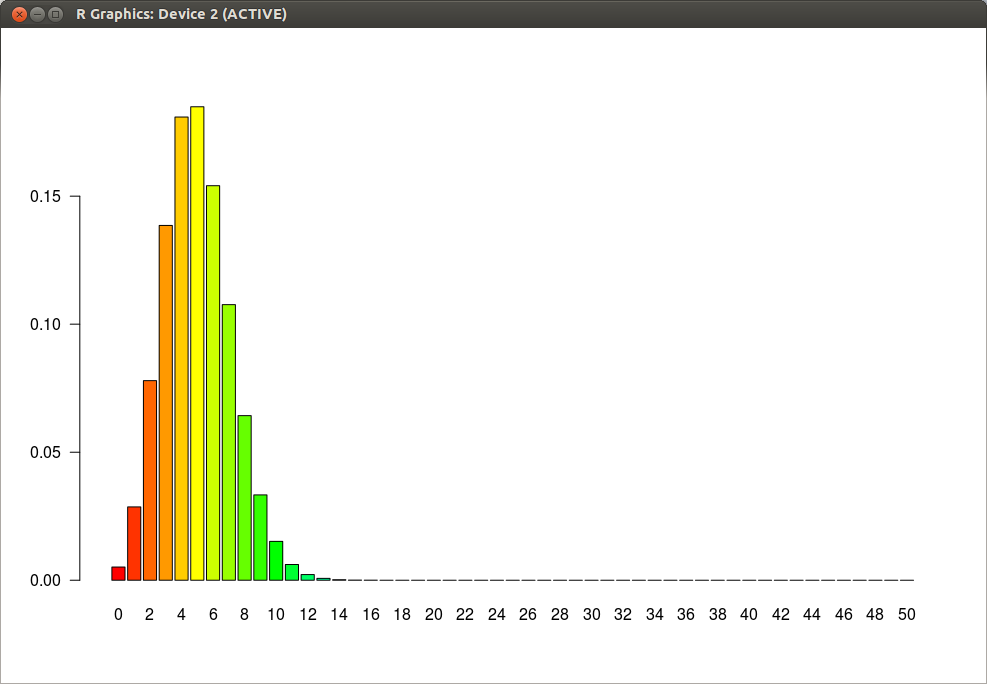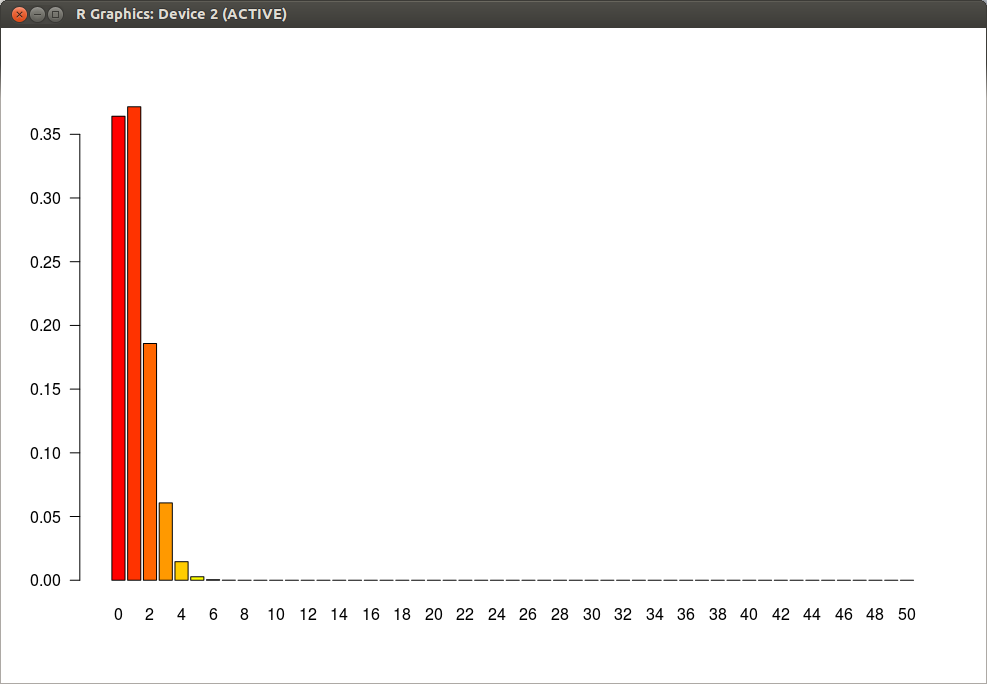JO1FYC [1] offers some mp3 files of his Morse music in his blog [2], and I was tempted to anylize the latest one [3], dated May 6, 2013. Since the file contains a series of consecutive dots with a bug key, it might give some good parameters for a physical model of such keys.
[1] http://homepage2.nifty.com/jo1fyc/index.htm
[2] http://homepage2.nifty.com/jo1fyc/cw_nikki.htm
[3] http://homepage2.nifty.com/jo1fyc/sound/BK-100_DOT_20130506.mp3
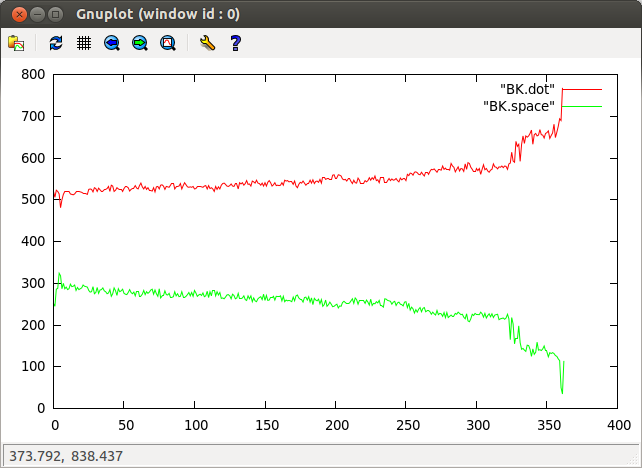 Figure 1. Dot and Space Length
Figure 1. Dot and Space Length
The dots continue more than 30 sec, and you can count 362 dots. The lengh of each dot is incresing slowly for the most of the time, and for the last few seconds it increases rather rapidly.
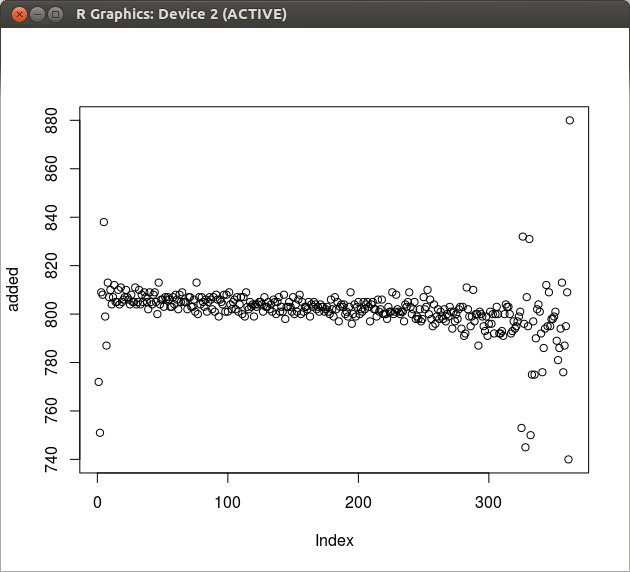 Figure 4. Duration of Dot Cycle
Figure 4. Duration of Dot Cycle
The figures are obtained by the following commands.
% mplayer -quiet -vo null -vc dummy -af volume=0,resample=8000
-ao pcm:waveheader:file="BK-100_DOT_20130506_8kHz.wav"
"BK-100_DOT_20130506.mp3"
% myprog BK-100_DOT_20130506_8kHz.wav > BK.txt
% awk '{if($1=="dot" || $1=="dash") print $2}' BK.txt > BK.dot
% awk '{if($1=="element_space") print $2}' BK.txt > BK.space
% gnuplot
gnuplot> plot "BK.dot" with line, "BK.space" with line
% R
> dot <-read.table("BK.dot", header=FALSE)
> space <-read.table("BK.space", header=FALSE)
> added=dot$V1 + space$V1
> plot(dot$V1)
> plot(space$V1)
> plot(added)

